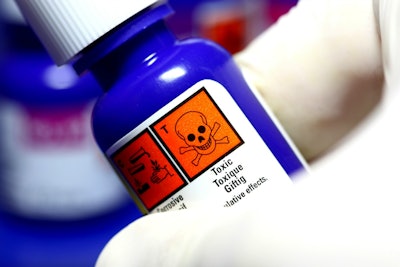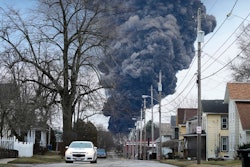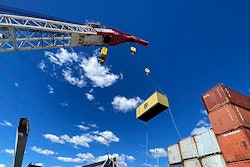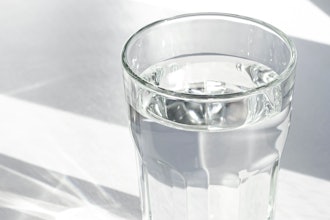
Between 1999 and 2008, an estimated 57,975 incidents involving chemicals were reported the Hazardous Substances Emergency Events Surveillance (HSEES).
An analysis of that data by the Centers For Disease Control and Prevention revealed a closer look at what went wrong in those accidents and which chemicals were the most frequently involved.
It’s not surprising that these chemicals were listed, given that they are some of the chemicals most frequently produced and handled in manufacturing. Even so, they were only involved in 3 percent of the total incidents. What’s more significant is that these top five chemicals were involved in 37 percent of the total single chemical releases that resulted in an injury — perhaps indicating a need for better training and protocols when handling these common substances.
Of the 57,975 chemical-related accidents studied by the CDC, 354 resulted in death. One-quarter of the deadly accidents involved these five chemicals.
According to the CDC research, here are the top five chemicals and the number of acute exposure incidents they were involved in during the researched time frame:
Carbon monoxide (2,364 accidents): This colorless and odorless gas lurks silently and cause minor symptoms such as headache and dizziness, or sudden death. Many of the accidents in the CDC study involving CO happened at private homes. Of the five listed chemicals, CO had the highest rate of fatalities.
Ammonia (1,153): Ammonia can also cause sudden death. More than half of the accidents involving this colorless gas happened in agriculture, where it is applied directly on soil, and food manufacturing plants, where it’s used as a refrigerant.
Chlorine (763): Chlorine is a vital industrial chemical used to produce a wide range of products, including vinyl chloride, plastics, aerosols, silicone and foam. Most of the recorded injuries happened at paper and printing manufacturing facilities and at swimming pools.
Hydrochloric acid (326): Used to manufacture fertilizers, dyes and rubber, hydrochloric acid is highly corrosive to human skin. Most of the reports involving hydrochloric acid happened in warehousing and transportation.
Sulfuric acid (318): Another corrosive substance, sulfuric acid is used to make explosives, glue, other acids, and used to purify petroleum and in the pickling of metal. A high percentage of recorded incidents involving sulfuric acid involved equipment failure.























